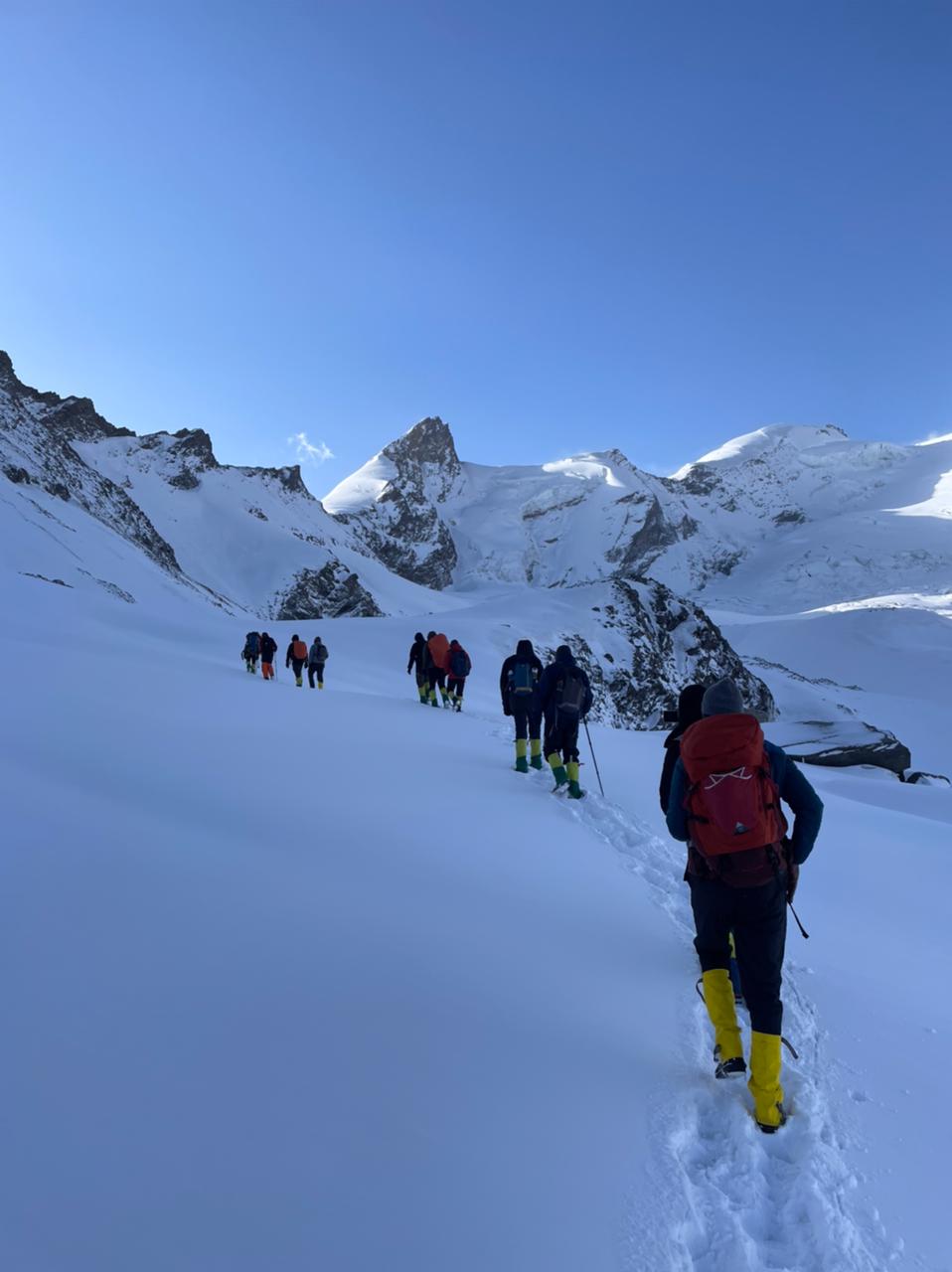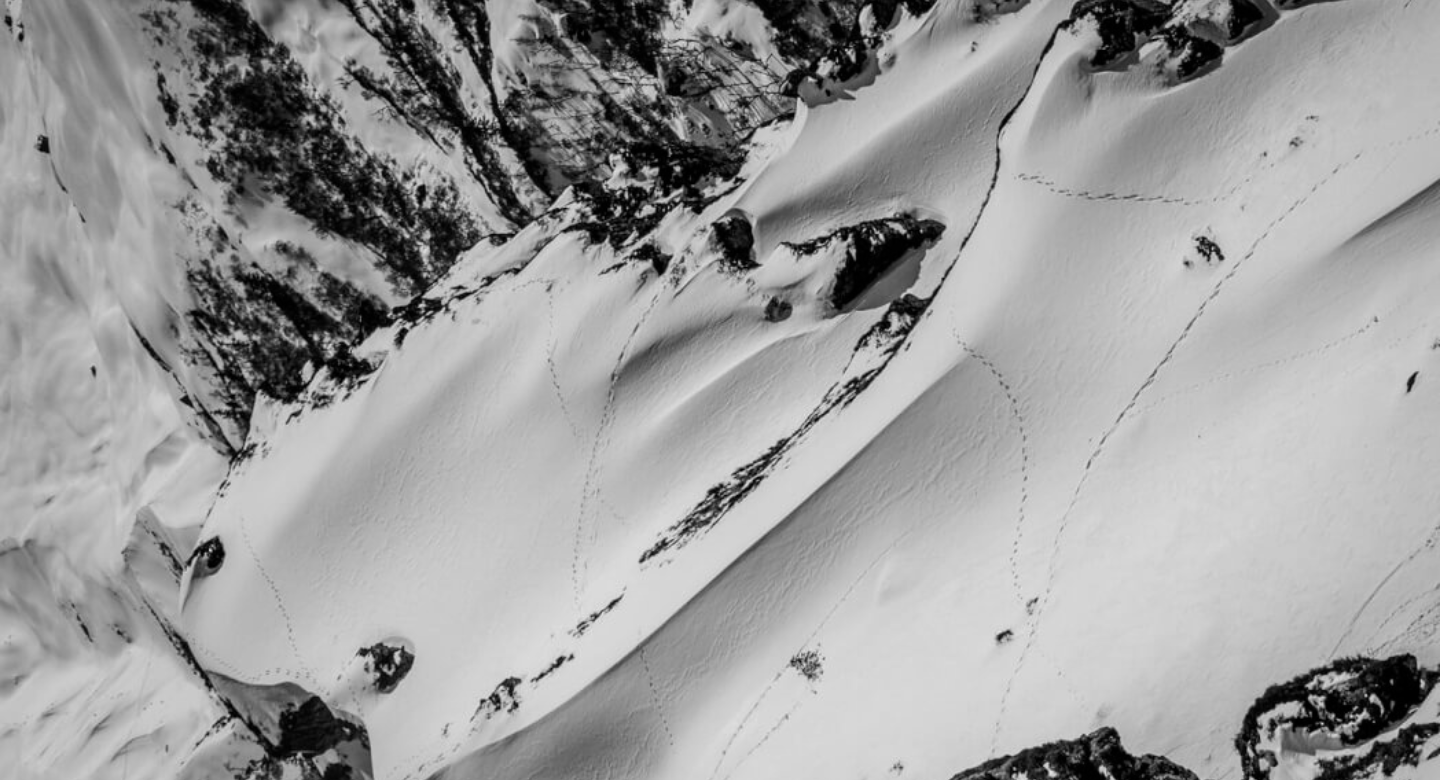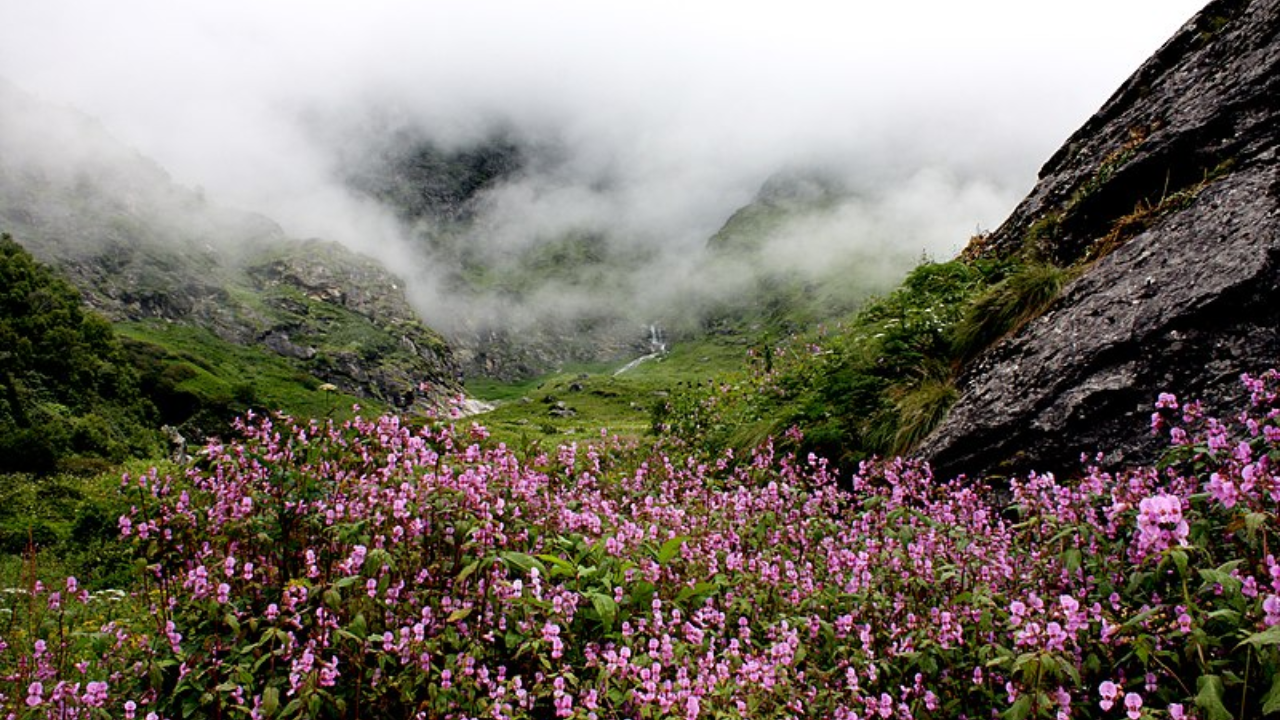
Chardham Yatra
8 Days
1610 Km
11,000ft
Moderate
The Chardham Yatra is one of the most revered and spiritual pilgrimages in India, located in the state of Uttarakhand. It includes visits to four sacred temples—Yamunotri, Gangotri, Kedarnath, and Badrinath—which are dedicated to the Hindu deities Yamuna, Ganga, Shiva, and Vishnu, respectively. These temples are nestled in the stunning Himalayan ranges, making the journey both a spiritual quest and an adventure. The trek through these holy places offers breathtaking landscapes, with snow-capped peaks, lush valleys, and pristine rivers, making it a life-changing experience for devotees and travelers alike.
Highlights
- Spiritual Significance – The Chardham Yatra is a deeply spiritual journey, seeking the blessings of four revered deities.
- Mesmerizing Himalayan Views – The journey offers stunning views of the Himalayan peaks, sacred rivers, and serene landscapes.
- Rich Cultural Experience – Explore the rich Himalayan culture, temples, and local traditions along the way.
- Perfect for Devotees and Adventure Seekers – A blend of spirituality and adventure, making it a fulfilling journey for everyone.
- Blessed with Peace and Tranquility – The serene environment of the Chardham temples brings inner peace and spiritual fulfillment.
Included/Excluded
Select Dates
Adult
₹24,999 per person
Children
₹24,999 per person
Guest in maximum
BOOK NOWItinerary for
Chardham Yatra
Day 1
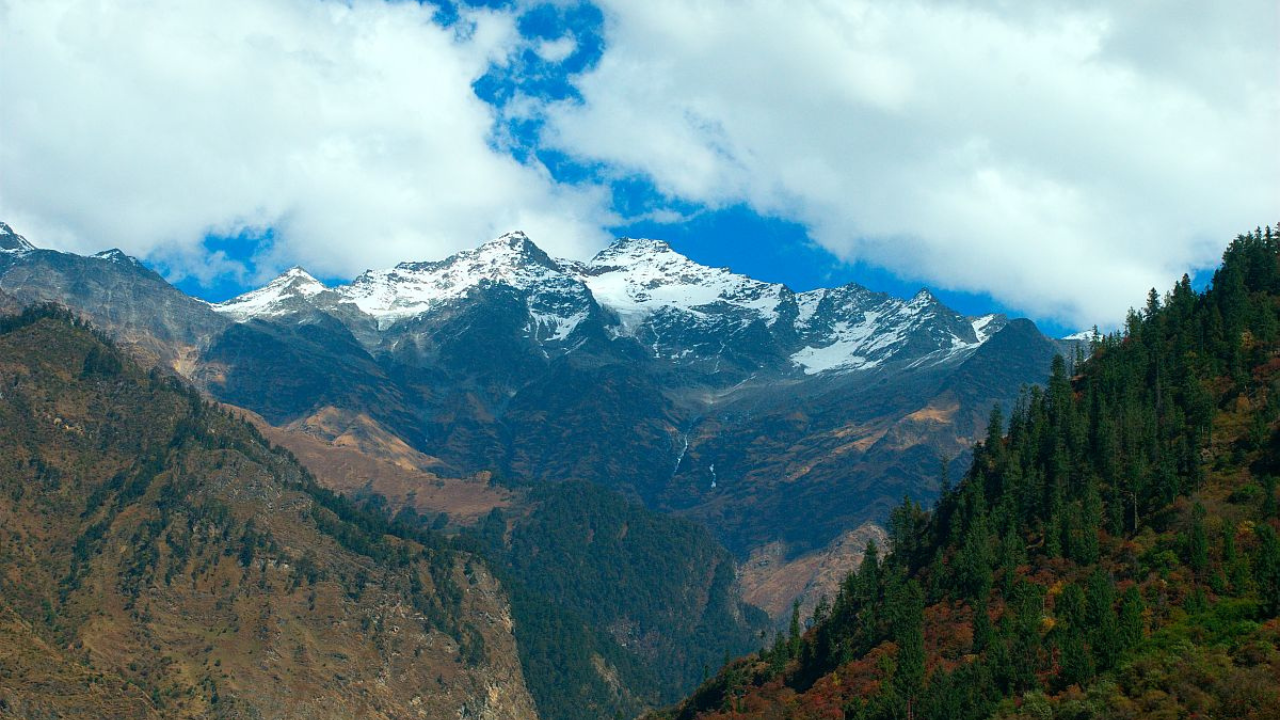
Day 2
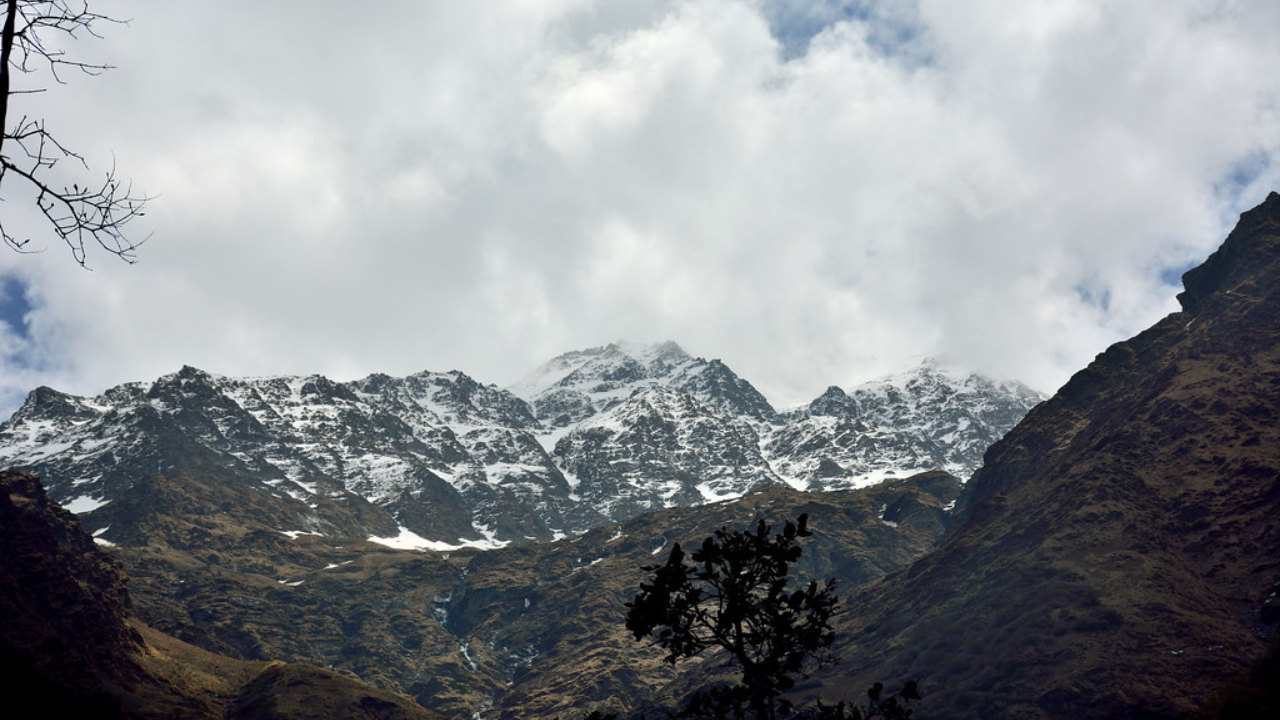
Day 3
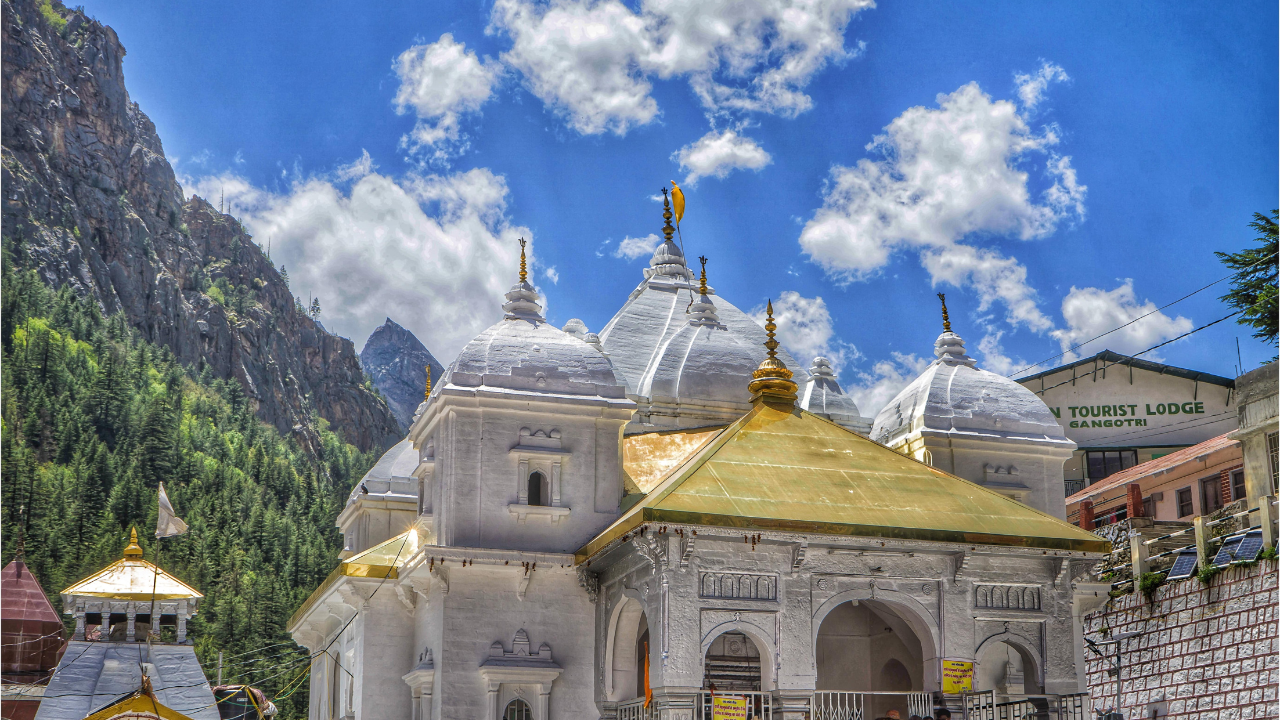
Day 4
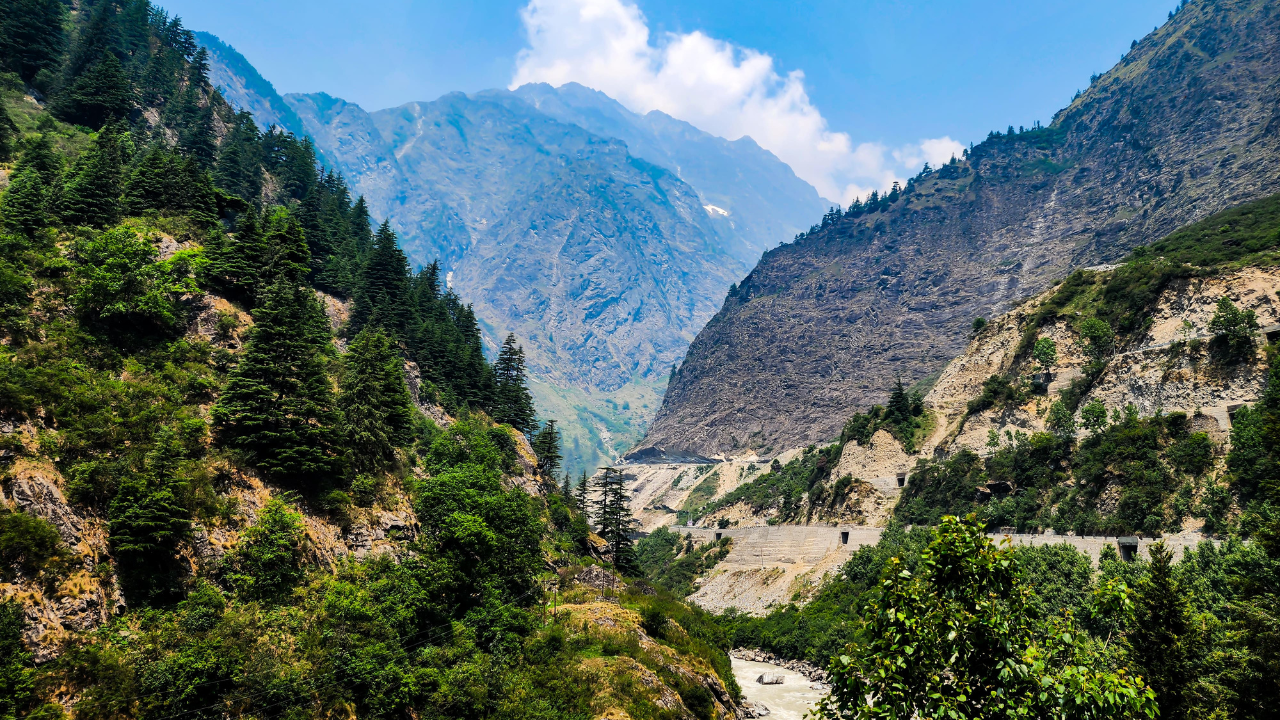
Day 5
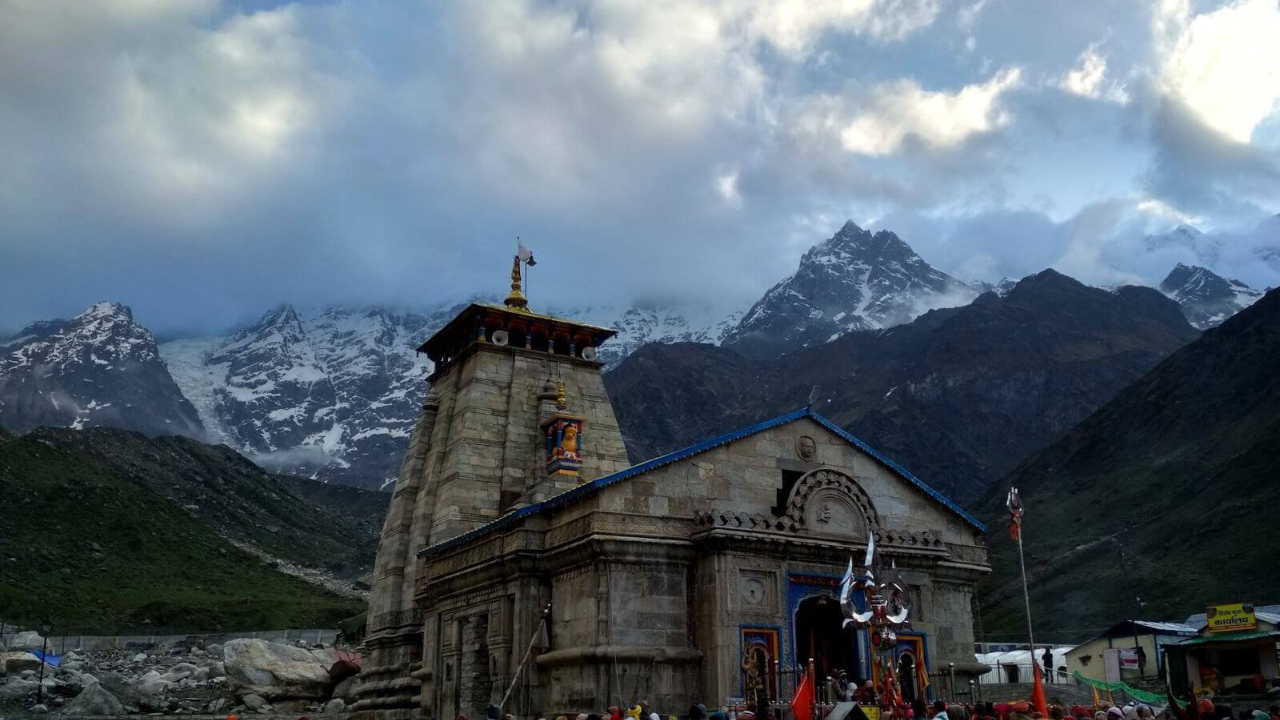
Day 6
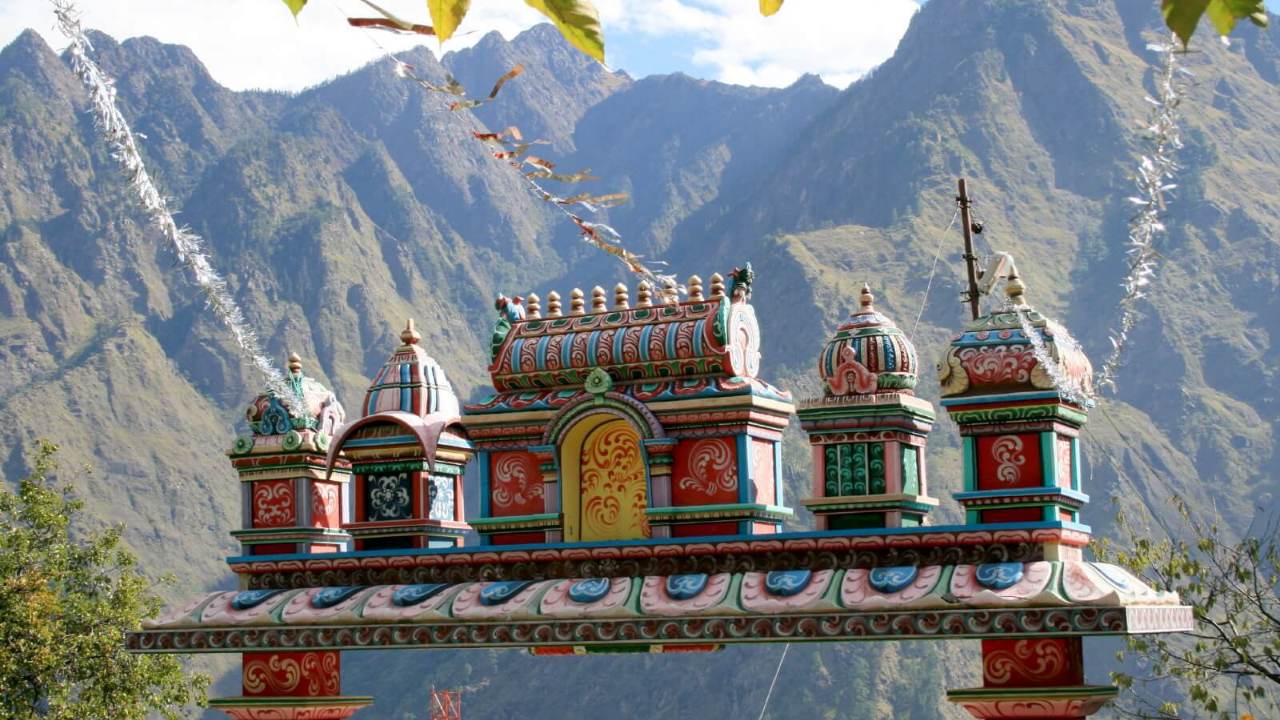
Day 7

Day 8
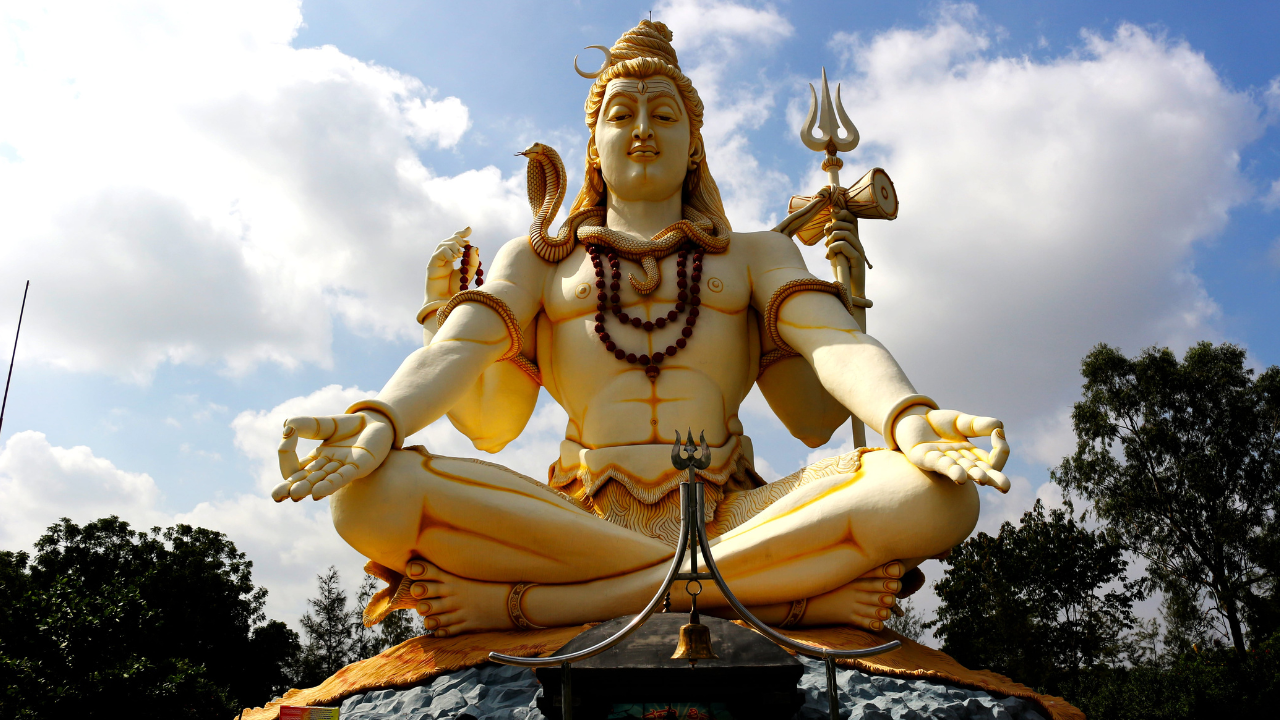
Complete Chardham Yatra Information
The Chardham Yatra is a sacred pilgrimage in India that holds deep spiritual significance for Hindus. It involves visiting four revered shrines nestled in the Garhwal region of Uttarakhand, and it is believed that completing the Yatra washes away all sins and grants salvation (Moksha). The four temples included in the Chardham Yatra are:
Yamunotri:
Dedicated to Goddess Yamuna, the river goddess, Yamunotri is the source of the Yamuna River, situated at the foot of the Bandarpoonch Parvat. Pilgrims visit here to take a holy dip in the thermal spring waters, which are believed to cleanse the soul.
Gangotri:
Dedicated to Goddess Ganga, the temple at Gangotri is located on the banks of the river Ganga. It is believed to be the place where Goddess Ganga descended to Earth to wash away the sins of King Bhagirath's ancestors. The river here is considered sacred, and devotees perform rituals to honor the goddess.
Kedarnath:
The Kedarnath temple is dedicated to Lord Shiva, one of the holiest temples in India. Located amidst the snow-capped peaks of the Himalayas, it is considered one of the twelve Jyotirlingas. Devotees believe that visiting Kedarnath will bestow blessings and protection from the Lord.
Badrinath:
Badrinath is dedicated to Lord Vishnu and is one of the 108 Divya Desams (holy shrines of Vishnu). It is located in the backdrop of the beautiful Nar and Narayan mountain ranges and is considered one of the most important pilgrimage sites in Hinduism. The temple houses the idol of Lord Badrinath, which is believed to be self-manifested (Swayambhu).
Significance of the Yatra:
Spiritual Cleansing: The Chardham Yatra is believed to purify the soul, cleanse the sins of a lifetime, and bring the devotees closer to God. It is considered the ultimate pilgrimage, providing a sense of peace and fulfillment.
Completion of the Journey: A successful journey to these sacred shrines is considered a lifetime achievement. It is believed that once you complete the Chardham Yatra, you attain spiritual liberation (Moksha).
The ideal time for the Chardham Yatra is during the summer months (May to June) and autumn months (September to November). During these months, the weather is pleasant, and the temples are open to pilgrims. The winter months (December to April) are not suitable, as the routes are often blocked by heavy snow.
Pack smart, trek safe!
Ensure you're prepared for every adventure with this essential checklist of gear and supplies. Whether you're a beginner or a seasoned trekker, the right equipment makes all the difference. Download checklist's pdf here
Basic Gear
| Backpack with Rain Cover | (40 - 50 ltr) Comfortable Shoulder Straps |
| Day pack with Rain Cover | 20 - 30 ltr (If off-load opted) |
| Walking stick | Advisable (At least one) |
| Water Bottle / Hydration pack | 2 Bottles(1 liter each), Hydration Pack 1 (Pack) + Bottle |
| Small size tiffin/lunch box | 1 Nos |
| Snacks | Energy bars, dry fruits, electral/ors |
| Personal Medical Kit | Consult your doctor |
Clothing
| T-Shirt (Synthetic quick dry) | 1 Full & 1 Half sleeves |
| Fleece T-shirt | 1 Nos |
| Wind stopper / Fleece jacket | 1 Nos |
| Windproof Jacket | 1 Nos |
| Down feather / Hollow jacket | 1 Nos |
| Thermal inner (Upper and Lower) | 1 Nos |
| Trek Pant (Synthetic quick dry) | 1 Nos |
| Wind stopper / Fleece Pant | Not required |
| Waterproof gloves | Not required |
| Fleece / woollen gloves | 1 Pair |
| Poncho / waterproof Jacket and pant | 1 Nos |
Head Gears
| Head torch | 1 Nos. (Avoid Hand torch) |
| Sun cap | 1 Nos. (One that covers the neck as well) |
| Woolen cap | 1 Nos. |
| Balaclava | Not required |
| Buff / Neck-gaiters | 1 Nos |
| Sunglasses | UV with dark side cover, People who wear spectacles - (A)- Use contact lenses | (B)- Photo chromatic glasses |
Foot Gears
| Trekking shoes | 1 Pair (Waterproof, high ankle with good grip) |
| Floaters / flip-flops | 1 Pair |
| Cotton socks | 6 pairs |
| Woollen socks | 1 pairs |
| Gaiters | 1 Pair (TTH provides when required) |
| Micro spikes | 1 Pair (TTH provides when required) |
Personal Utilities
| Sunscreen cream | 1 Nos |
| Moisturiser | 1 Nos |
| Chap-stick / Lip balm | 1 Nos |
| Toothbrush and toothpaste | 1 Nos |
| Toilet paper & Wipes | 1 Nos |
| Soap / hand sanitizers | 1 Nos |
| Antibacterial powder | 1 Nos |
| Quick dry towel | 1 Nos |
At Scoutripper, we understand that plans can change. You can reschedule your booking up to 24 hours before your experience begins. Changes are subject to availability and any applicable price adjustments. Rest easy knowing your adventure is flexible!
At Scoutripper, we value flexibility but also adhere to clear cancellation guidelines:
- Full Refund: Cancel at least 6 full days before the experience starts.
- 50% Refund: Cancel between 2 and 6 full days before the start time.
- No Refund: Cancellations made less than 2 full days before the experience start time will not be refunded.
Additionally:
- Changes are not accepted less than 2 full days before the experience begins.
- Cut-off times are based on the local time of the experience.
- Some experiences require a minimum number of participants. If the minimum isn’t met, you’ll receive a full refund or the option to reschedule.
Enjoy peace of mind with our clear and transparent policies!
Last ATM:
ATMs are available in Rishikesh, Haridwar, and Uttarkashi.
No ATMs are available beyond these places, especially during the trek to the Char Dham locations (Yamunotri, Gangotri, Kedarnath, and Badrinath).
Ensure you withdraw sufficient cash before heading to the pilgrimage sites.
Mobile Network:
Good mobile connectivity is available in Rishikesh and Haridwar (Airtel, Jio, BSNL).
Limited or no network as you move further into the mountains towards the Char Dhams.
In Gangotri, Yamunotri, Kedarnath, and Badrinath, network connectivity is either unavailable or very intermittent.
BSNL may work in some remote areas, but it’s best to inform family and friends beforehand about the poor connectivity during the yatra.
Electricity:
Electricity is available in towns like Rishikesh, Haridwar, Uttarkashi, Badrinath, and Kedarnath.
Limited or no electricity is available in remote campsites along the yatra route, especially in Yamunotri and Gangotri.
Ensure that you fully charge your devices and carry extra power banks for backup.
FAQs about
Chardham Yatra
The Chardham Yatra refers to a pilgrimage tour to four sacred temples in Uttarakhand, India: Yamunotri, Gangotri, Kedarnath, and Badrinath. These temples are considered highly significant in Hinduism, and visiting all four is believed to purify the soul and lead to salvation.
The ideal time for the Chardham Yatra is during the summer months (May to June) and autumn months (September to November). During these months, the weather is pleasant, and the temples are open to pilgrims. The winter months (December to April) are not suitable, as the routes are often blocked by heavy snow.
The Chardham Yatra typically takes 9 to 12 days depending on the route taken, the pace of travel, and the amount of time spent at each temple. Some people opt for a faster-paced trip, while others prefer a more relaxed journey with time for sightseeing and exploration.
The starting point of the Chardham Yatra is usually Haridwar or Rishikesh, both of which are well-connected by road, rail, and air. From Haridwar or Rishikesh, you can either hire a private taxi or join a guided tour to visit the four temples. The nearest airport to Haridwar is Jolly Grant Airport (Dehradun), and the nearest railway station is Haridwar Railway Station.
The usual sequence for the Chardham Yatra is: Yamunotri (start) Gangotri Kedarnath Badrinath (end) This route allows pilgrims to complete the journey in a logical and manageable sequence, with Yamunotri and Gangotri located relatively close to each other in the beginning and Badrinath being the final destination.
Each of the four temples holds a special religious significance: Yamunotri: Dedicated to Goddess Yamuna, it is believed that a dip in the Yamuna river purifies the soul. Gangotri: Dedicated to Goddess Ganga, it marks the origin of the sacred Ganges River. Kedarnath: Dedicated to Lord Shiva, it is one of the twelve Jyotirlingas and is a popular pilgrimage site. Badrinath: Dedicated to Lord Vishnu, it is part of the Char Dham and is believed to be the gateway to salvation.
Yes, pilgrims are required to register for the Yatra at the Char Dham Yatra Registration Centers in places like Haridwar, Rishikesh, or Dehradun. This is a mandatory procedure to ensure the safety and security of pilgrims, especially since the area is prone to natural disasters like landslides and floods.
The total distance of the Chardham Yatra can vary depending on the route taken, but on average, the trip covers a distance of around 1,500 to 2,000 kilometers. The trek to some of the temples, especially Kedarnath, involves walking or riding ponies, which adds to the overall distance traveled.
Yes, the Chardham Yatra is generally safe for pilgrims, provided the proper precautions are taken. It is important to follow the guidance of experienced guides, stay updated on weather conditions, and maintain physical fitness for the trek. Local authorities provide support and infrastructure to ensure the safety of the pilgrims, though the rugged terrain and high altitudes can sometimes pose challenges.


